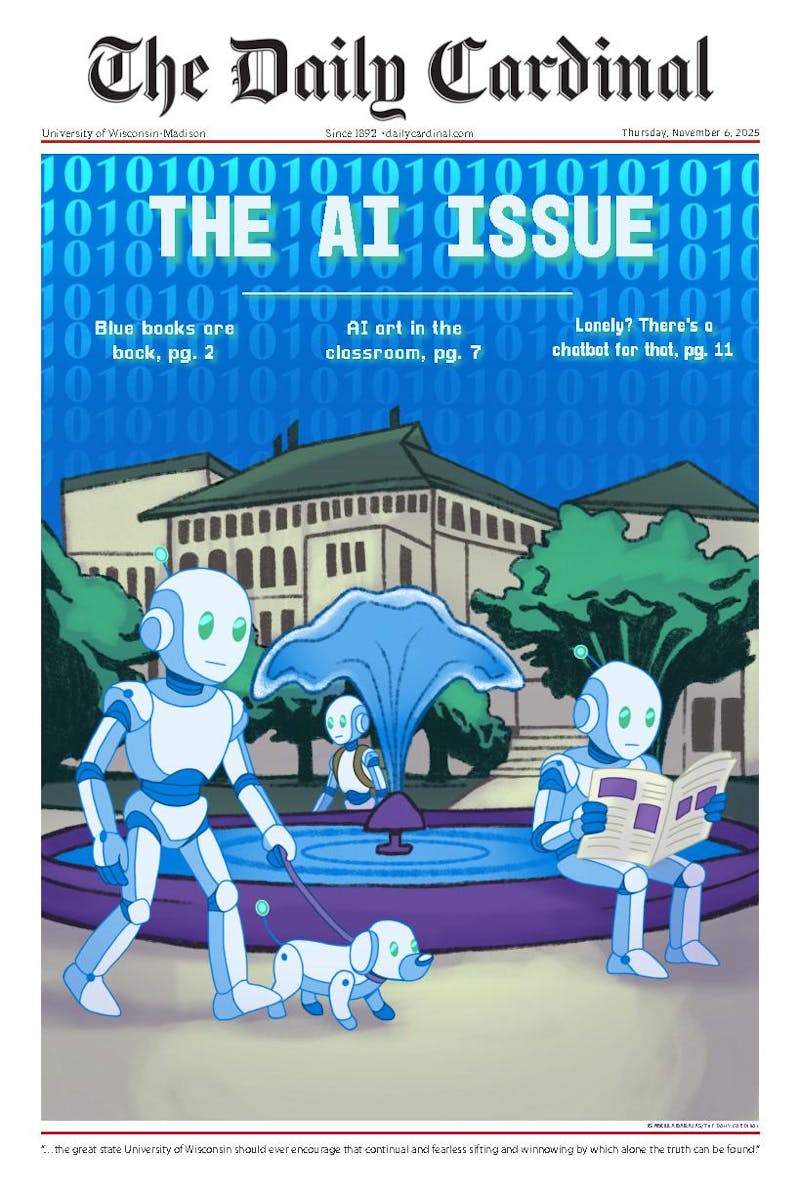At a trim 80 minutes, ""Wendy and Lucy"" is as slender and simple as it is dense and stunning. For a film that's pretty straightforward about the emotions it's trying to stir, ""Wendy and Lucy"" deserves the highest compliment: It's a really potent punch to the gut. It marries big-time affectivity with intellectual abstraction; that is, if it doesn't make you too miserable to think afterward.
When it was initially released in December 2008, much of the conversation about ""Wendy and Lucy"" centered on the film's value as a portrait of the U.S. in the midst of a serious personality crisis (When is it not?). Director Kelly Reichardt depicts a milieu that is familiar without being too familiar, as not all of us can easily relate to the film's half-suburban/half-rural Oregon setting, nor can all of us easily relate to the hardships known by the film's eponymous heroine Wendy. But maybe it's our failure to completely relate with Wendy and the small Oregon town in which she finds herself marginalized that makes ""Wendy and Lucy"" so effective as a historical document. Perhaps it's this same failure to relate which inspires us to re-evaluate the present in the first place.
The nature depicted by Reichardt in ""Wendy and Lucy"" is radically different from the virginal nature she showed us in 2006's ""Old Joy."" Reichardt's camera revisits the forest, but for the most part it lingers on train tracks, parking lots and gas station bathrooms. The nature we see in ""Wendy and Lucy"" is a tamed one, or more precisely, a defeated nature. To that extent, Reichardt makes Wendy equivalent to the environment in which she is stuck. This equivalency is achieved largely through Reichardt's superb compositions, which simultaneously recall the photography of Walker Evans and the paintings of Claude Monet, as well as Walter Benjamin's concept of ""unconscious optics"" (the tiny details of everyday life that we hardly ever notice but films can make totally apparent and fascinating).
Wendy is made to seem like a product of her immediate environment primarily through Reichardt's use of understated yet texturally loaded images. If this is true, it's because these images are characteristically non-psychological. Walter Benjamin argued that the fundamental difference between the novelist and the storyteller was that the novelist both describes and explains whereas the storyteller only describes. In ""Wendy and Lucy,"" Reichardt is more storyteller than novelist: The film is so specific, yet it's also unsettlingly ambiguous. Michelle Williams plays Wendy like a blank page, leaving it up to the viewer to speculate as to what's going on within her close-cropped head. It's like the anti-Henry James approach. Instead of a ton of rigorous psychological explanation, we get only the image of a girl, cowering on a sidewalk outside of a Walgreens or stunned when she learns how much it will cost to repair her piece-of-shit Honda. The rest is a void to be filled by the viewers, if they want to.
The really great thing going on in ""Wendy and Lucy"" is how Reichardt uses both photography and Williams' performance not to ""connect the dots"" but rather to produce more dots, to ask more questions rather than answer pre-existing ones. The film succeeds in touching its audience without expending an excessive amount of energy doing so, and that process alone is something to behold. But what lies just beyond the emotion it provokes is what lends ""Wendy and Lucy"" such tangible weight.
Grade: AB






